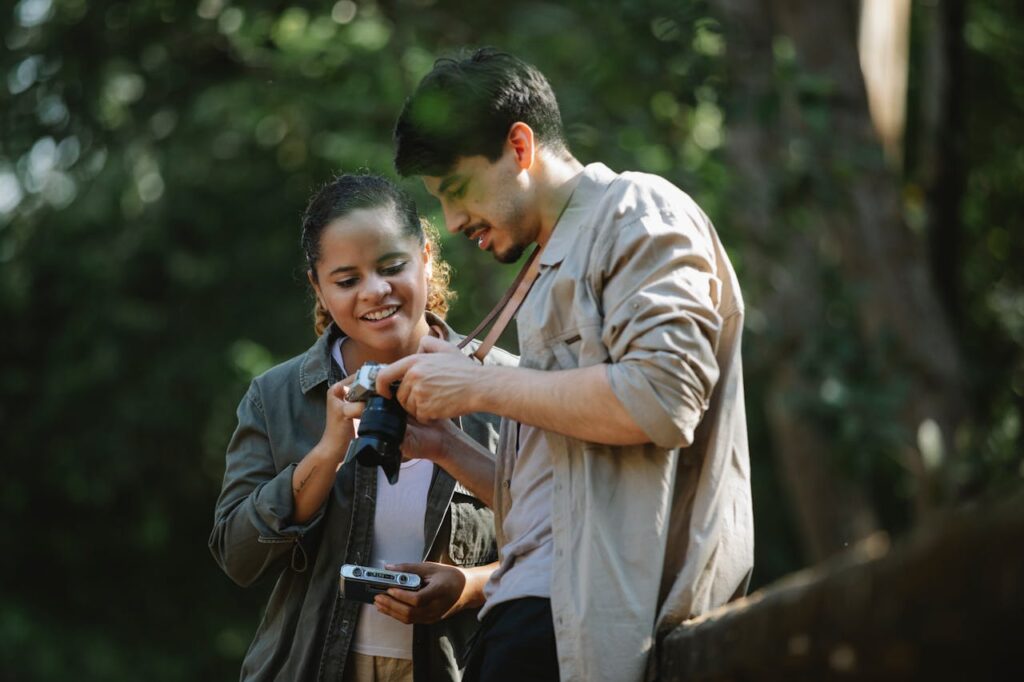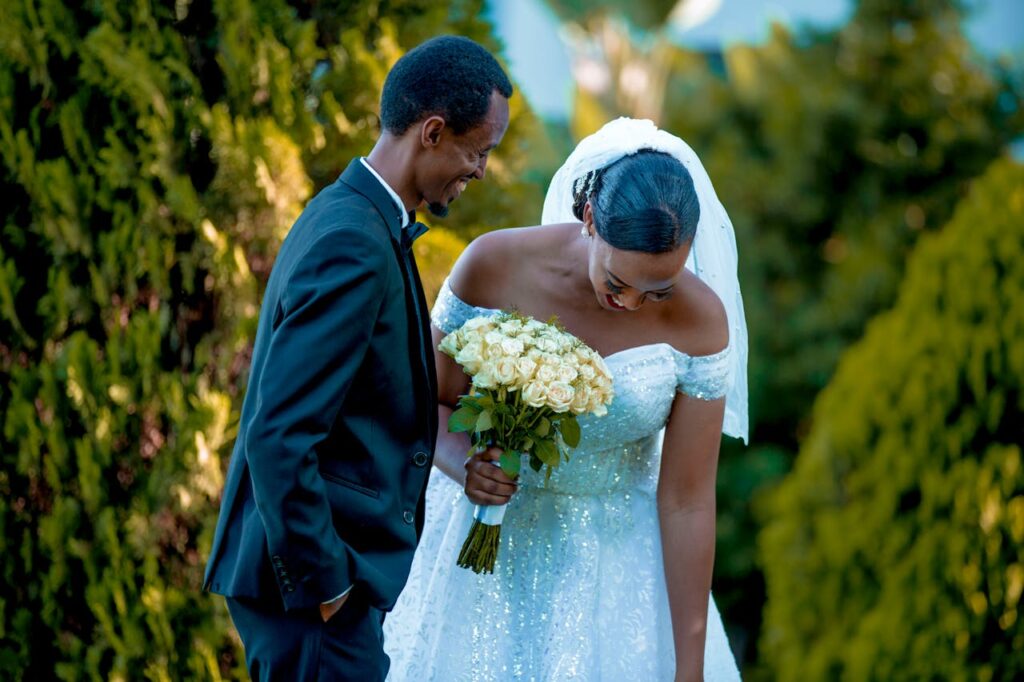Candid photography is a genre that focuses on capturing spontaneous and unposed moments, revealing genuine emotions, interactions, and expressions. This article explores the history, techniques, equipment, artistic considerations, practical tips, cultural impact, and trends of candid photography for audiences in the United States.

Introduction to Candid Photography
Candid photography, also known as documentary or street photography, emphasizes capturing natural, unguarded moments without the subject’s awareness of being photographed. It celebrates authenticity, candid expressions, and the fleeting essence of everyday life, making it a powerful form of visual storytelling.

History and Evolution
The roots of candid photography trace back to early 20th-century photographers like Henri Cartier-Bresson and Robert Frank, who pioneered street photography as a means to document social realities, cultural nuances, and human interactions. Advances in portable cameras, faster film speeds, and digital technology have democratized candid photography, enabling photographers to capture spontaneous moments with greater immediacy and creative freedom.

Techniques and Equipment
Camera Gear: Lightweight, portable cameras with fast autofocus capabilities and quiet shutter mechanisms are ideal for candid photography. Mirrorless cameras or DSLRs with prime lenses (e.g., 35mm or 50mm) allow photographers to blend into their surroundings and capture discreet shots without attracting attention.
Lighting: Natural light is often preferred for candid photography to maintain authenticity and minimize disruptions. Understanding light direction, ambient conditions, and using reflectors or diffusers enhance image quality while preserving natural tones and textures.
Composition and Framing: Candid photography relies on quick reflexes, anticipation, and compositional awareness to capture decisive moments. Techniques such as rule of thirds, leading lines, and negative space guide photographers in framing subjects within dynamic and visually balanced compositions.

Artistic Considerations
Emotional Authenticity: Candid photography aims to evoke genuine emotions, reactions, and human connections. Capturing facial expressions, body language, and spontaneous gestures convey raw emotions, personal narratives, and fleeting moments that resonate with viewers.
Environmental Context: Incorporating surroundings, architectural elements, and everyday scenes adds context and narrative depth to candid photographs. Background details, street scenes, and incidental elements enrich visual storytelling, providing insights into cultural, social, and geographical settings.

Practical Tips for Candid Photographers
Observation and Awareness: Observe surroundings, anticipate moments of interest, and stay attuned to human interactions, gestures, and expressions. Patience and persistence are essential in capturing authentic moments without disrupting natural dynamics.
Use of Depth of Field: Utilize shallow depth of field (wide aperture settings) to isolate subjects from busy backgrounds, emphasizing focal points and enhancing subject prominence. Adjust focus and aperture settings to control depth of field and achieve desired visual impact.
Ethics and Respect: Respect personal boundaries, privacy, and cultural sensitivities when photographing strangers in public spaces. Obtain consent when necessary, prioritize subjects’ comfort, and avoid intrusive or exploitative photography practices.

Cultural Impact and Contemporary Trends
Social Media and Digital Platforms: Candid photography thrives on social media platforms, where photographers share authentic narratives, street scenes, and cultural insights. Hashtags, online communities, and photo-sharing platforms foster engagement, collaboration, and global visibility for candid photographers.
Documenting Social Realities: Candid photography documents diverse perspectives, cultural diversity, and societal issues through visual storytelling. Images capture moments of joy, resilience, introspection, and cultural heritage, contributing to broader dialogues on identity, community, and shared human experiences.

Conclusion
In conclusion, candid photography serves as a powerful medium for capturing authentic moments, emotions, and cultural narratives in the United States and beyond. By embracing spontaneity, empathy, and visual storytelling, photographers preserve fleeting moments, celebrate human connections, and amplify voices that resonate with authenticity and universal truths.
From urban streetscapes and public gatherings to intimate family moments and everyday encounters, candid photography transcends staged poses and scripted narratives, offering viewers a glimpse into the richness of human experiences and the diversity of everyday life. As photographers continue to explore, document, and reflect on the nuances of candid moments, the art and impact of candid photography remain essential in fostering empathy, understanding, and appreciation for the human condition in all its complexities and truths.
